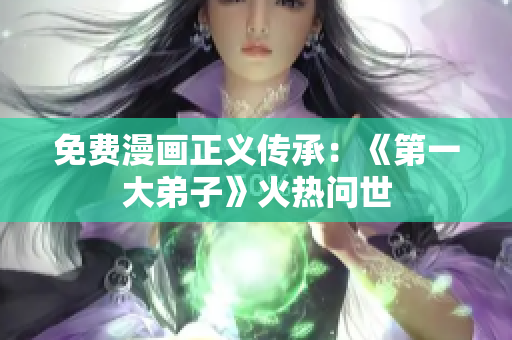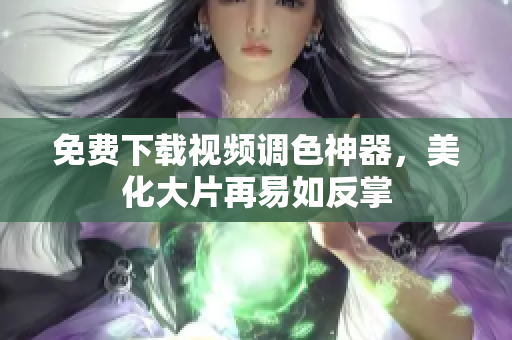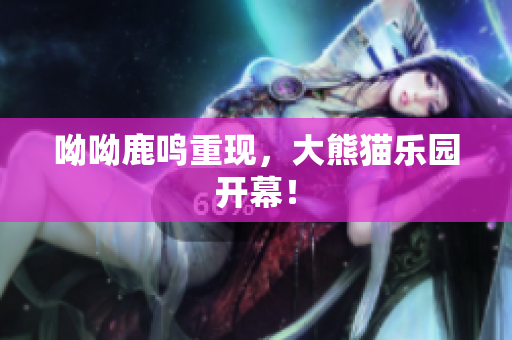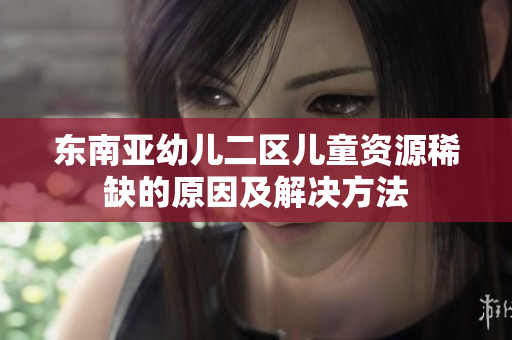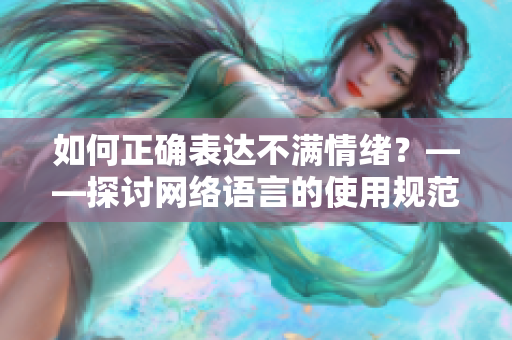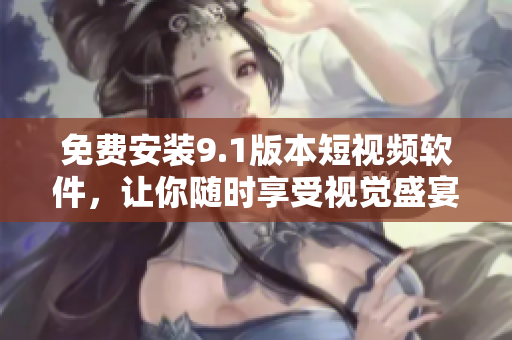English Teacher Obeys and Pulls Up Her Skirt
When it comes to etiquette, there are certain behaviors that are considered inappropriate or disrespectful in any culture. One of these is not following dress code expectations. And yet, in many societies, there seems to be a laxity when it comes to enforcing these rules, especially for women. However, in recent years, there has been a push for greater adherence to proper attire, even in more liberal fields such as the arts. This is exemplified by a recent incident involving an English teacher who was reprimanded for not following dress code guidelines.
The teacher in question, who we'll refer to as Ms. X, is a respected instructor in a prominent institution. Her class specializes in teaching advanced level English, with an emphasis on literature, history, and social issues. Ms. X is known for her engaging teaching style, witty banter, and relatable personality. But one day, during a class session, Ms. X wore a skirt that was deemed too short by the administration.
The skirt, which Ms. X had worn several times before without incident, was a modest A-line skirt that came to just above her knees. But on this particular day, Ms. X had paired the skirt with a pair of boots that made the hemline appear higher than it actually was. Though it wasn't intentional, the effect was enough to catch the attention of the school's dean, who sent a stern email to Ms. X immediately following the class.
Western Standards of Art and Culture
This incident raises an interesting question about the Western standards of art and culture. In a society that celebrates freedom of expression and individuality, how much should external factors such as attire play a role in one's ability to express oneself? On the one hand, adhering to certain dress codes can be seen as a sign of respect and professionalism. On the other hand, the arts have historically been an avenue for creative expression that defies traditional norms and expectations.
While this debate continues to rage on, it's important to note that cultural norms are constantly evolving. What was once considered unacceptable, such as women wearing pants or men wearing earrings, is now accepted as normal. Similarly, what is deemed too risque or unprofessional in one setting may be permissible in another. That being said, it's always wise to err on the side of caution when it comes to dress codes in professional settings.
TikTok Influencers and Social Media Culture
In recent years, social media has played a significant role in shaping cultural norms, particularly among younger generations. TikTok, in particular, has become a cultural phenomenon that has spawned countless influencers, memes, and viral dances. One popular creator on the platform is a user known as "Tang Xin" or "Tang Heart," who goes by the username "柚子猫" or "Yuzu Cat."
Yuzu Cat is known for her short-form vlogs that feature her doing mundane activities such as eating noodles or walking her cat. But what sets Yuzu Cat apart from other creators is her fashion sense. She often wears revealing outfits that showcase her curvaceous figure and accentuate her assets. While this type of content may be commonplace on social media, it's important to remember that it's not necessarily acceptable in all settings.
The Importance of Teaching Proper Etiquette to Young Children
The incident with Ms. X underscores the importance of teaching young children proper etiquette and dress codes from a young age. While it may seem trivial, these skills and norms can have a profound impact on a child's future success. Knowing how to dress appropriately, speak politely, and display good manners can set a child apart from their peers and give them a competitive edge in the job market.
It's never too early to start teaching these skills, and it's important to approach the subject in a positive and constructive manner. This can involve teaching children about the importance of first impressions, demonstrating the proper way to sit or stand, and providing examples of appropriate dress codes for different occasions.
In conclusion, the incident with Ms. X calls attention to the need to enforce proper dress codes in professional settings while also acknowledging the constantly evolving nature of cultural norms. It's important to strike a balance between individual expression and professional decorum while also recognizing the impact that social media and cultural influencers can have on shaping these norms. By teaching young children the importance of proper etiquette, we can ensure that future generations are well-equipped to navigate these ever-changing expectations.




